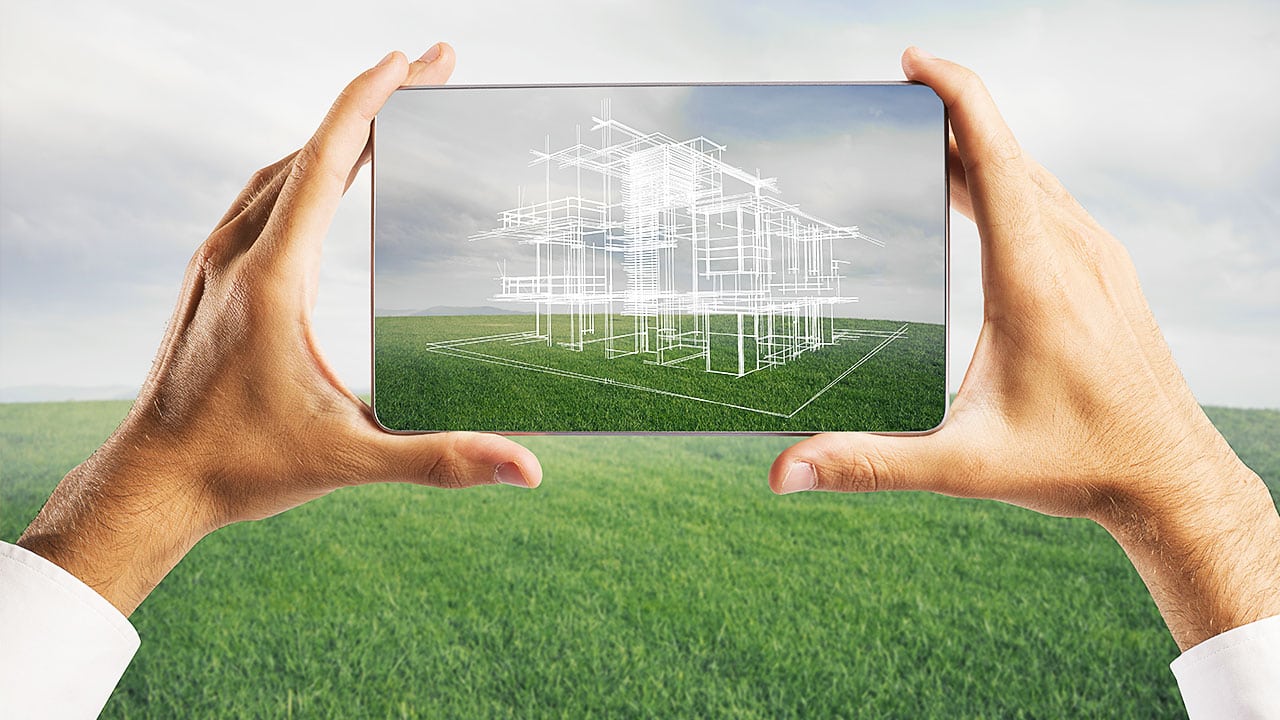Do you dream of helping to design buildings? Enrolling in a course that trains you in using CAD programs for architecture is a great idea! You will learn how to create 3D models of buildings that provide a useful guideline for how to create them in the real world.
This process is much more efficient than the old way of drawing many 2D blueprints of a building. With the help of CAD software programs, you can just rotate a 3D model to see the other sides. It also allows for other useful information, called “dimensions,” to be included. This process of combining building design with functionality data is called building information modeling (BIM).
Want to include dimensions in your models? Here are a few that can be useful.
1. Include Environmental Properties in Architectural CAD Courses
BIM projects can include a dimension that refers to the physical properties of the components used, and how they contribute to the building’s environmental footprint. Data about insulating capability, moisture resistance, and other physical properties can all be included in BIM projects.
When all the components used in a BIM design include this data, you can create powerful simulations for things like energy efficiency, resistance to poor weather, and more. These simulations, in turn, might reveal areas where components should be switched. For example, you might determine that you need better insulation for your walls to improve the sustainability of a design.
If you want to ensure that the buildings you model during and after your architectural CAD courses are eco-friendly, using this dimension will be a great idea.

Evaluate a project’s eco-friendliness by using BIM dimensions
2. BIM Projects Can Also Include Useful Information About Cost
When a project is set for real-world construction, it’s not just dimensions and physical properties that need to be considered. The overall cost of materials plays a big part in determining what ends up getting used to building a project.
The BIM software application Revit is able to help you track the cost of a model without much extra effort. You can assign a dollar amount to the components included in the design, with the overall cost changing dynamically as adjustments are made. You can use this to get a final total once you’ve finished designing a model or to track the cost progression as you work and make adjustments if cost cutting is necessary. As a measure to improve project affordability, this can be a great move to make.
3. You Can See Spatial Relationships of Objects in Architectural CAD Courses
One of the advantages of learning to use Revit in technical design programs is that it makes it easy to customize the view of your model so that you can visualize different levels easily.
Options like color-coding, assigning different boundary lines to different levels of a building (for example, one level might use solid black lines, while another might use dashed lines), and applying different tags can help you add a spatial dimension to your models. This can make it easier for you to visualize which objects belong on which level, which is important when modeling something that has several floors, platforms, or other objects at different elevations.
Adding dimensions to a building model can help you make important discoveries relating to eco-friendliness and cost, can help you work with multiple levels more efficiently, and more. Learn to use them and they could prove to be powerful tools in your eventual CAD career.
Do you want to complete an architectural CAD technicians diploma program?
Visit Digital School to sign up today!

